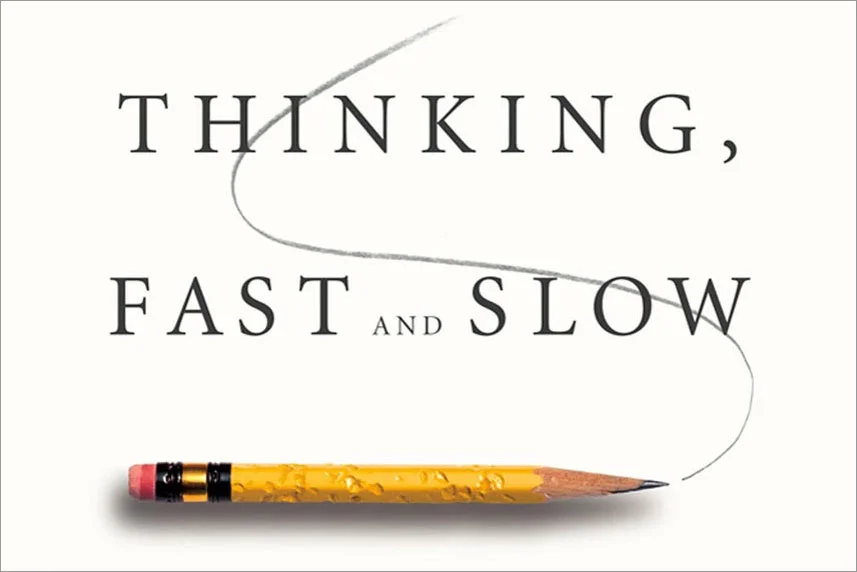“These Truths” by Jill Lepore
These Truths: A History of the United States
By Jill Lepore
2018
955 pages / 29 hours
Nonfiction
—
These Truths, by Harvard historian Jill Lepore, is probably the most ambitious history of the United States to have been written in the last decade. The text runs to 800 pages with copious source notes beyond that. It has been widely praised and greatly criticized. I found it to be an utterly engrossing read. I am in no position to adjudicate mistakes in detail of which she has been accused but will stick to the bigger picture which she is trying to paint.
Lepore’s presentation is very traditional in the sense that she gives us a narrative of American life from the 1600s up to the present with all the things that you would expect to find along the way: politics, culture, and personalities. But the intriguing thing about the book is her constant reference to the contradictions that have been in the American experiment from the beginning, many of those contradictions circling around the question of race.
For instance, counting an enslaved person as three-fifths of a person, in the early years, failed to acknowledge those people as full human beings but also helped Southerners consistently gain the highest governmental offices. Counting them as part of a person actually helped the people who owned them maintain power.
Or much later in our history, the white, home-owning middle class in America was largely created by the G.I. Bill that was mostly unavailable to African-Americans. The current situation in which we find ourselves didn’t just happen.
We tend to think about our modern situation as totally unique, especially with the appeal to authoritarianism. But as Lapore points out, this is far from true. As far back as Andrew Jackson and coming forward to Lincoln and Franklin Roosevelt and George W. Bush, the presidents have often claimed extraordinary executive power.
Andrew Sullivan closes his excellent New York Times review with the following:
And if you reread the book and ask yourself, what is the period of American history that most resembles today?, you would have to say, I think, the late 1850s and early 1860s. Here’s Lepore’s description of that time: “A sense of inevitability fell, as if there were a fate, a dismal dismantlement, that no series of events or accidents could thwart.”
Sobering indeed.
So why should a preacher make the enormous investment to read this book? Well, there is a reasonable chance that you have not read an excellent contemporary history of the United States. In my case, I'm not sure I had read a complete history since high school. And while we read accounts of particular eras or great people, there is an enormous plus to reading one coherent, complete history even if you don't always agree with it.
You will also get some sense of what William Manchester called “the glory and the dream” – the great American dream with its inherent contradictions that have left it unfulfilled for many of its citizens. In the media age where politics tend to be formed in the last 15 minutes, this book goes a long way toward giving us the context we need. A happy ending is far from inevitable. The question is, is it impossible?








